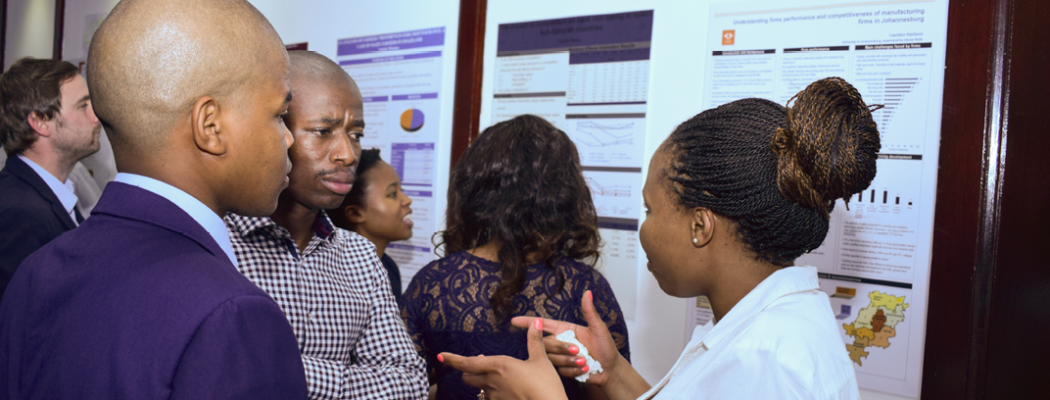Household tipping points in the face of rising electricity tariffs in South Africa
Download SA-TIED Working Paper 4
Given the importance of electricity for basic needs such as cooking, heating, and lighting, it is important for welfare and economic reasons that households have consistent access to electricity and that electricity tariffs are not prohibitively expensive. In South Africa, the latter issue has become a concern in recent years, as electricity tariffs have been increasing substantially above inflation. Between 2008–09 and 2016–17, electricity prices increased by an average of 11.1 per cent per year in real terms. This is particularly challenging for South African households given the country’s developmental challenges, which include high levels of income inequality, unemployment, and poverty. Eskom, the state-owned and integrated monopoly electricity provider, has stated that electricity tariffs will have to continue to rise in real terms in order to be financially viable (Makgetla 2017). While electricity spend is a relatively small proportion of a South African household’s total consumption expenditure (2.3 per cent of average expenditure in 2010) (StatsSA 2012), it is critical for household activities. Consequently, household demand for electricity has remained relatively inelastic (Inglesi-Lotz and Blignaut 2011). Nevertheless, the combination of continued electricity price increases, persistently high levels of unemployment, and generally eroded household disposable income could result in households making certain decisions regarding their electricity consumption, including:
- Reducing electricity usage and improving energy efficiency. Examples of this include turning down the geyser and switching off non-essential appliances. However, many South African households have already adopted this behaviour (Department of Energy 2014), and there are limits to the benefit that it can provide to households.
- Replacement of existing electrical appliances with non-electrical ones, or with appliances with significantly lower energy consumption. While many households have already invested in some technologies (Department of Energy 2014), such as compact fluorescent lightbulbs for example, there is still potential for further investments in LED bulbs, solar geysers, and gas appliances. Poorer households may return to more basic sources of energy generation such as wood and paraffin, which have a number of environmental and welfare implications.
- Cutting other expenditure. Whilst households may choose to reduce expenditure in other areas to make allowances for rising electricity costs, this can only be done to a limited extent, and will likely only be pursued once other electricity cost-saving measures have been put in place.
- Meter tampering and connecting illegally. Non-technical load losses are prevalent in certain municipalities in South Africa as difficult economic conditions have led to high levels of electricity theft (Eskom 2014). Continued tariff increases coupled with weak economic growth will likely exacerbate this situation. However, better enforcement and the increased roll-out of prepaid meters may curb this behaviour to some extent (Maphaka et al. 2010).
While these decisions will have a positive effect on household disposable income, there are potentially negative consequences. As households begin to demand less electricity, or choose not to pay, electricity revenues at municipalities and Eskom will be affected. The objective of this paper is to quantify the impact of household decisions around mitigating the effect of rising electricity tariffs.
Section 2 of this paper explores existing literature on elasticity of electricity demand, the impact of rising electricity tariffs on households, household investment in electricity efficiency, and electricity tipping points. Section 3 explains the tariff path assumptions. This is followed by an analysis of the effect of tariff increases on the disposable income of South African households in Section 4, and then the potential for households to reduce their electricity demand through particular investment decisions in Section 5. Section 6 highlights the potential loss in electricity demand that electricity suppliers, namely municipalities and Eskom, could experience. Finally, recommendations are provided in the concluding remarks in Section 7. It must be noted that there are a number of assumptions that are made and caveats that need to be kept in mind due to the approach used. These are highlighted throughout the paper. Read more





